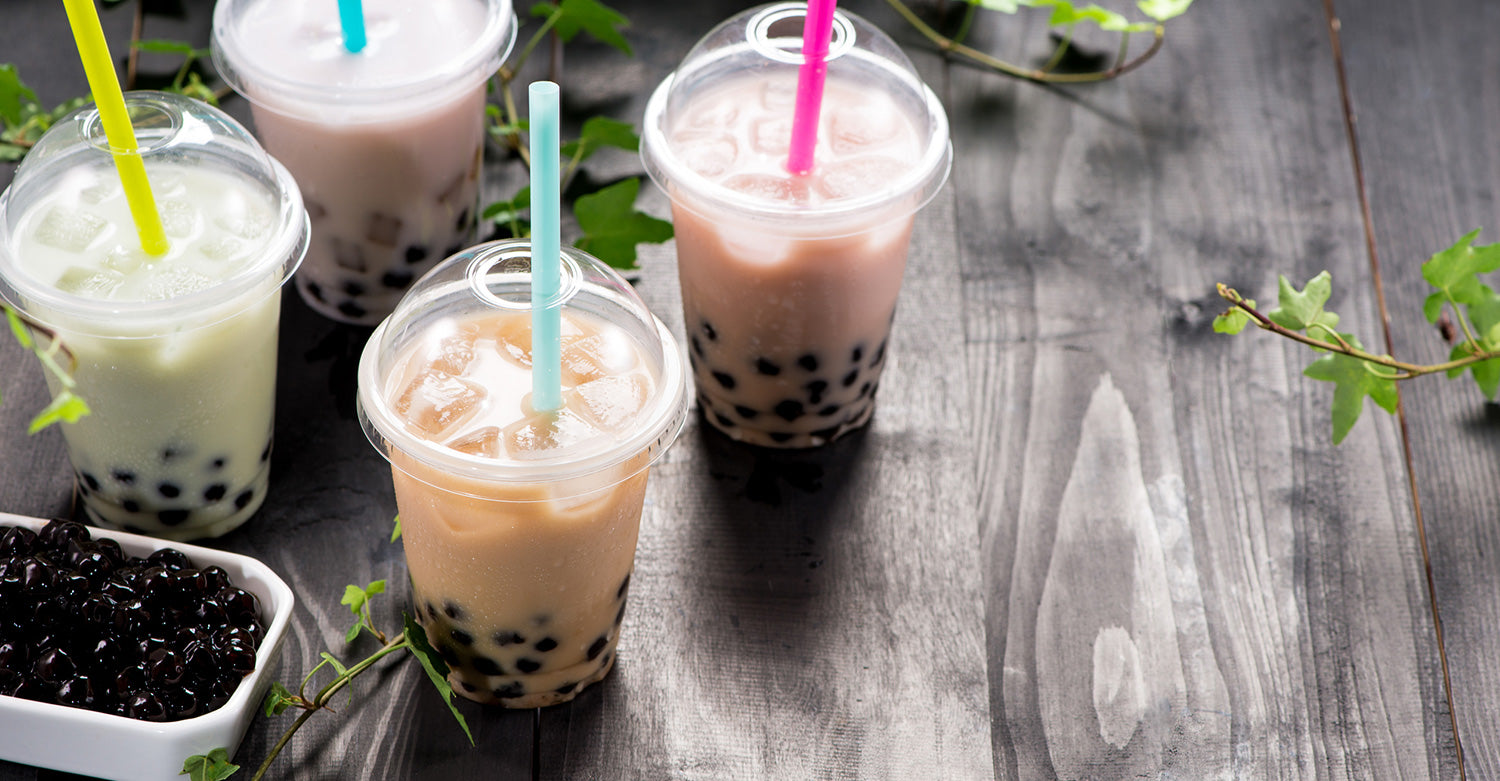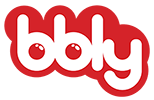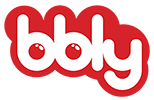The Boba Experience

If you’re a newcomer to boba tea, you may think of it as just a new fad. While boba tea is super popular, the gummy bubbles aren’t exactly new. It actually dates back to the 1980s when people first began enjoying boba in teas, milk teas, milk, coffee, juice, and a myriad of other concoctions.
What is Boba Tea Exactly?
Boba tea, also referred to as bubble tea, is a tea-based drink that consists of chewy tapioca balls in tea which are the “bubbles” or “pearls”. It can also be made with other base beverages besides tea. Some of the most beloved varieties are green pearl milk tea and black pearl milk tea.
How is Bubble Tea Made?
Boba is created from tapioca or cassava starch that is formed into small balls. They are then simmered in sugar syrup to sweeten them then added to a base of tea, milk tea, or other beverage where they sink to the bottom for a delightful surprise. The bubbles can range in size from tiny to rather large. The drinks are typically accompanied with a spoon or large straw so the pearls can be chewed and savored.
Who Invented Boba Tea?
As the story goes (one of them at least), boba tea originated in a Tainan, Taiwan tea house in 1986 when the owner of the establishment, Tu Tshong-he was intrigued by pearly white tapioca balls in a nearby market which he decided to add to tea. The beverage was delicious, so he gave it a name - “pearl tea”.
The second legend gives all credit to the Chun Shui Tang tearoom in Taichung, Taiwan for the invention of boba tea. It all began when cold tea was added to the menu. One of the managers randomly added balls of tapioca to a glass of cold brew one day and it was an instant hit.
Regardless of which, if either, story is true, boba tea has been around for about three decades. First in Taiwan and then in Asia. It didn’t take long before boba tea was introduced to California where bubble tea shops sprang up in the 90s. McDonalds even got into the craze, selling it in their international cafes in Germany, Australia, Hong Kong, Malaysia, and the Philippines.
Is Boba Tea Healthy?
Boba tea has the reputation of being healthy. But is it really? Well…it can be. It really depends on what you’re comparing it with. If you’re opting to have a boba beverage instead of a sugar-laden soda, it’s a healthier choice, for sure.
Although the bubbles themselves are not exactly healthy per say, they aren’t unhealthy either. Tapioca and cassava starch consist of starch. In the process of becoming those fancy little balls we all love, they typically undergo a sugar bath of some sort so they can be high in calories. Adding them to sweet tea or sweet milk makes the sugar count even higher.
The average calorie count for boba tea is between 225 to 600. For those wishing to watch their weight or who are medically sugar-restricted, many establishments offer sugar-free or low sugar options.
While they have the consistency of Jell-o mixed with chewing gum, boba bubbles contain no gelatin. Neither do they have any gluten, making it an excellent choice for those who are gluten intolerant. It’s vegan too!
Variety is the Spice of Life…AND Boba Tea
Bubble tea comes in all different varieties. You can have brown boba bubbles or white. You can select the liquid of your choice like tea or milk. You can also decide whether you want traditional or popping boba.
In 2003, a a new type of popping boba was invented by two brothers, Ferran and Alber Adria, through a molecular gastronomy technique – reverse spherification. The modified pearl-like bubbles burst in your mouth revealing fruity gels without any chewing involved.
There’s no limit to the creativity that can go into boba teas and other boba beverages. From the liquids they are based into the syrups and toppings that adorn them, new flavor inventions are added every day. Some of the most unique are boba snow cones and snow shavings, Nutella milk boba, brown sugar syrup topped brown milk tea boba, and the interesting combination of black tea with salted cheese boba. Alcohol can even be added to boba mixtures to really stir things up.
The Psychology Behind the Craze
As with most trends, there’s a dose of psychology in the mix of the boba boom. Of course the mentality of “everyone else is doing it,” plays a role in it all, but there’s more. It’s called boba brain.
Taste buds are closely connected to the brain. When tasting a delicious flavor or feeling a desirable texture, endorphins excrete a sensation of pleasure which is felt throughout the entire body. Boba delivers both – flavor and texture, so it is a double home run. Another perk is the experience. People visit boba establishments to relax, socialize, or to have fun.
There’s a mysterious air behind the Eastern wonders of the magic pearls as there is with other Eastern traditions like yoga, acupuncture, and fortune cookies. But is that enough to set off a craze like the one we’re seeing with boba?
Many factors most likely contribute to the popularity of bubble tea. It’s novelty and taste, the shroud of mystery, and a natural dash of curiosity are the winning combination that sets bubble tea apart as a trend-setting beverage while the makers of “wannabes” like fluorescent blue Pepsi and bacon soda sit jealously on the sideline wondering why their products never got off the ground.
Check out Bubble tea (Boba) products, here –
Is There an End to the Trend?
Affectionately known as the “boba life” in California, bubble tea is wildly popular among all age groups but especially young consumers. While it was initially projected that the boba craze would fade away as fads tend to do, the demand for it has only increased.
According to Bloomberg, 94% of individuals aged 20 to 29 purchased at least one cup of bubble tea within the past three months. Since 2017, it has grown 7.40%. There are over 3,400 bubble tea shops in the United States currently, most in California and New York. The boba industry is expected to bring in $3.21 million by 2023.
What’s behind all the fuss about bubble tea? Is it hype or heavenly? Perhaps we’ll never know and maybe we don’t even really want to. Boba tea is beyond trendy. It is showing all the signs of being here to stay and thousands are proving they’d have it no other way.




